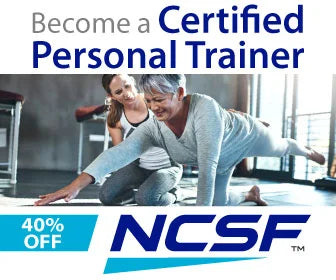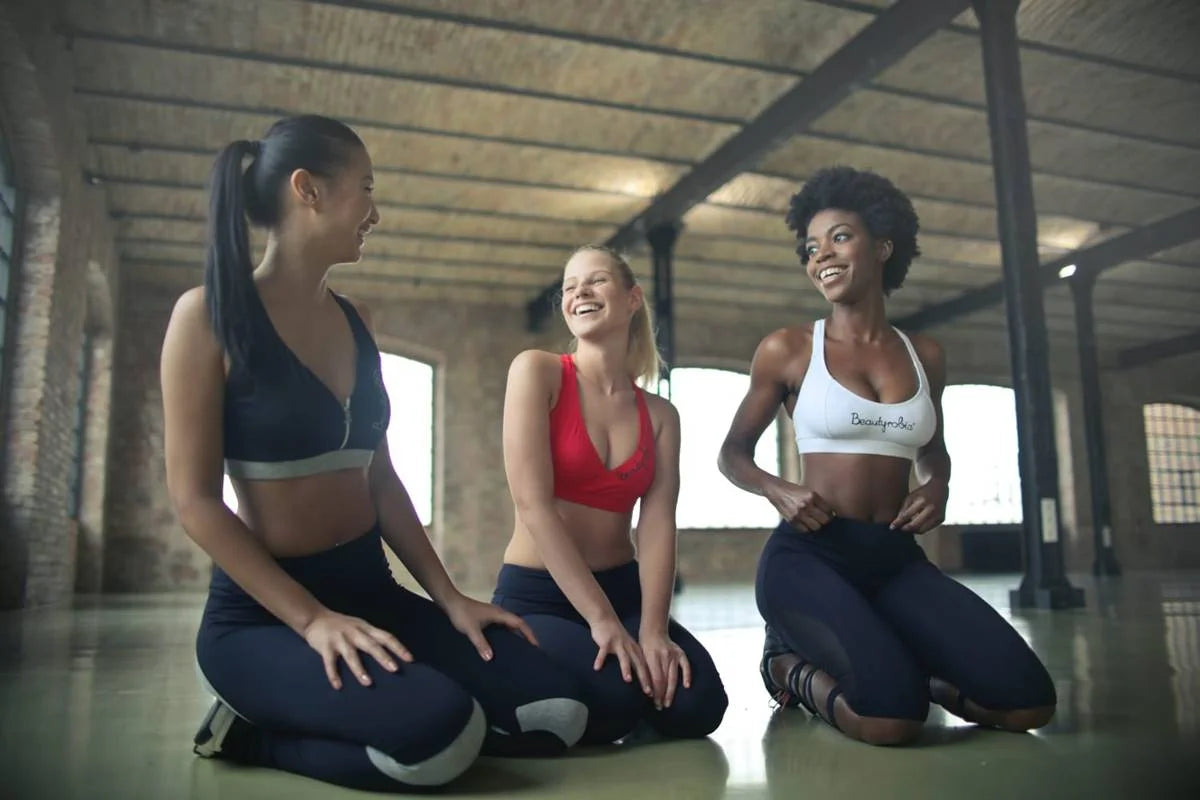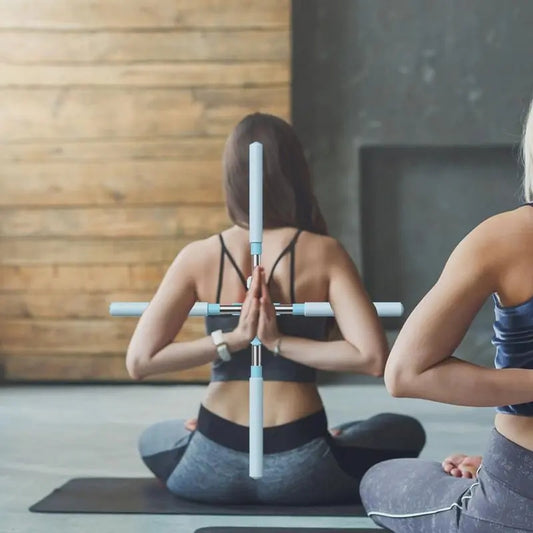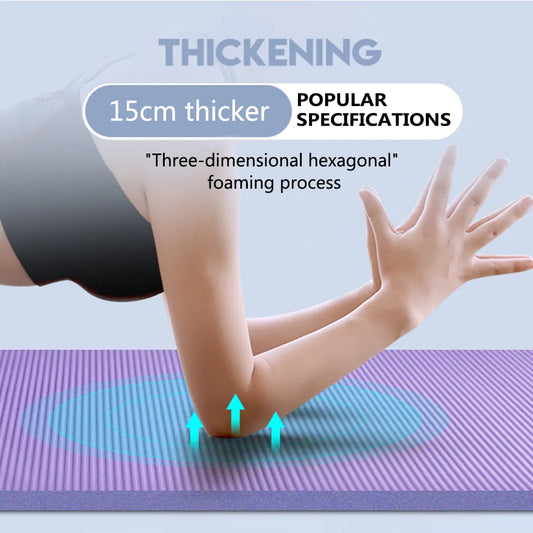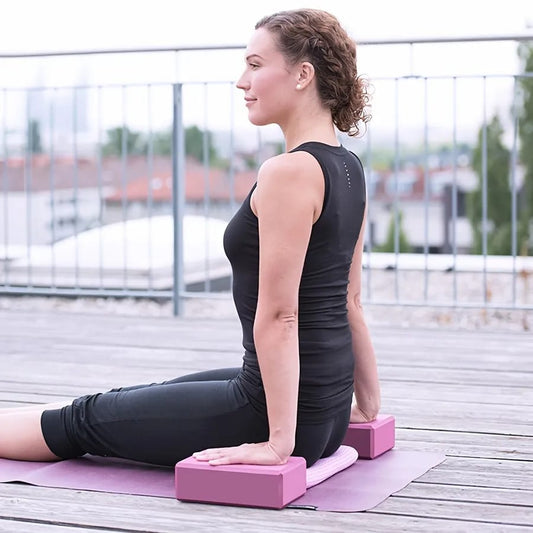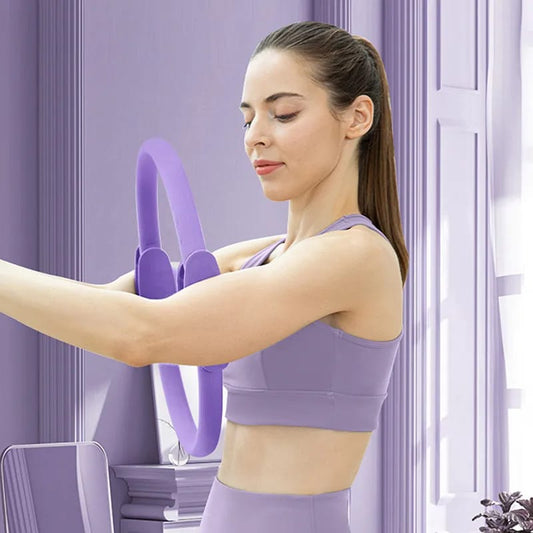Improving your headstand practice requires patience, strength, and proper technique. Here are some tips to help you progress in your headstand practice safely and effectively:
-
Build Core Strength: A strong core is essential for stabilizing your body in a headstand. Incorporate core-strengthening exercises such as Plank Pose, Boat Pose, and Leg Raises into your regular yoga practice to build strength and stability.
-
Strengthen Shoulder and Arm Muscles: Develop shoulder and arm strength to support your body weight in a headstand. Practice poses like Dolphin Pose, Downward Facing Dog, and Arm Balances to strengthen your shoulders, arms, and upper back.
-
Practice Proper Alignment: Focus on proper alignment to protect your neck and spine during headstand. Start by practicing against a wall to ensure proper alignment of your head, neck, and shoulders. Keep your elbows shoulder-width apart and press firmly into the ground with your forearms.
-
Use Props for Support: Use props such as a yoga block or folded blanket to provide support and cushioning for your head and forearms. Place the block between your palms to create a stable foundation for your headstand.
-
Work on Balance and Stability: Practice balancing exercises to improve your stability and proprioception. Try balancing on one leg in Tree Pose or Warrior III to develop your sense of balance and control.
-
Practice Headstand Prep Poses: Practice preparatory poses such as Dolphin Pose, Tripod Headstand, and Supported Headstand to gradually build confidence and strength for the full headstand pose.
-
Engage Your Core and Legs: Use your core muscles to lift your legs and hips overhead in a controlled manner. Keep your legs engaged and active, pointing your toes toward the ceiling and pressing through the balls of your feet.
-
Focus on Breathing: Maintain steady and controlled breathing throughout your headstand practice. Take slow, deep breaths to calm your mind and stay focused.
-
Be Patient and Persistent: Progressing in headstand takes time and practice. Be patient with yourself and celebrate small improvements along the way. Listen to your body and avoid forcing yourself into the pose before you're ready.
-
Seek Guidance from a Qualified Instructor: If you're new to headstand or have any concerns about your practice, consider seeking guidance from a qualified yoga instructor. A knowledgeable instructor can provide personalized feedback, alignment cues, and modifications to help you progress safely in your headstand practice.
Remember to approach your headstand practice with mindfulness, respect for your body's limitations, and a spirit of curiosity and exploration. With consistent practice and proper technique, you can gradually improve your headstand practice and experience the many benefits of this invigorating inversion pose.

